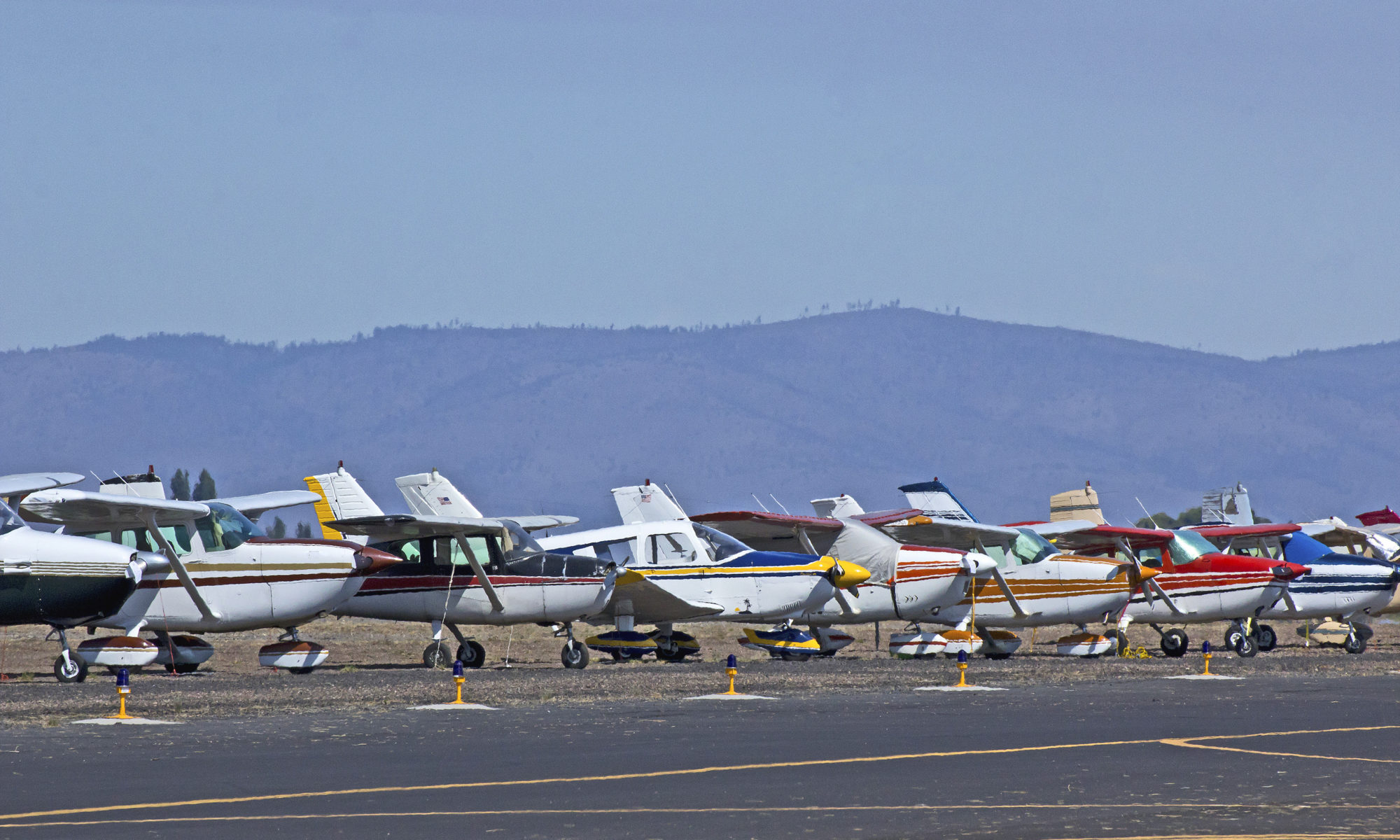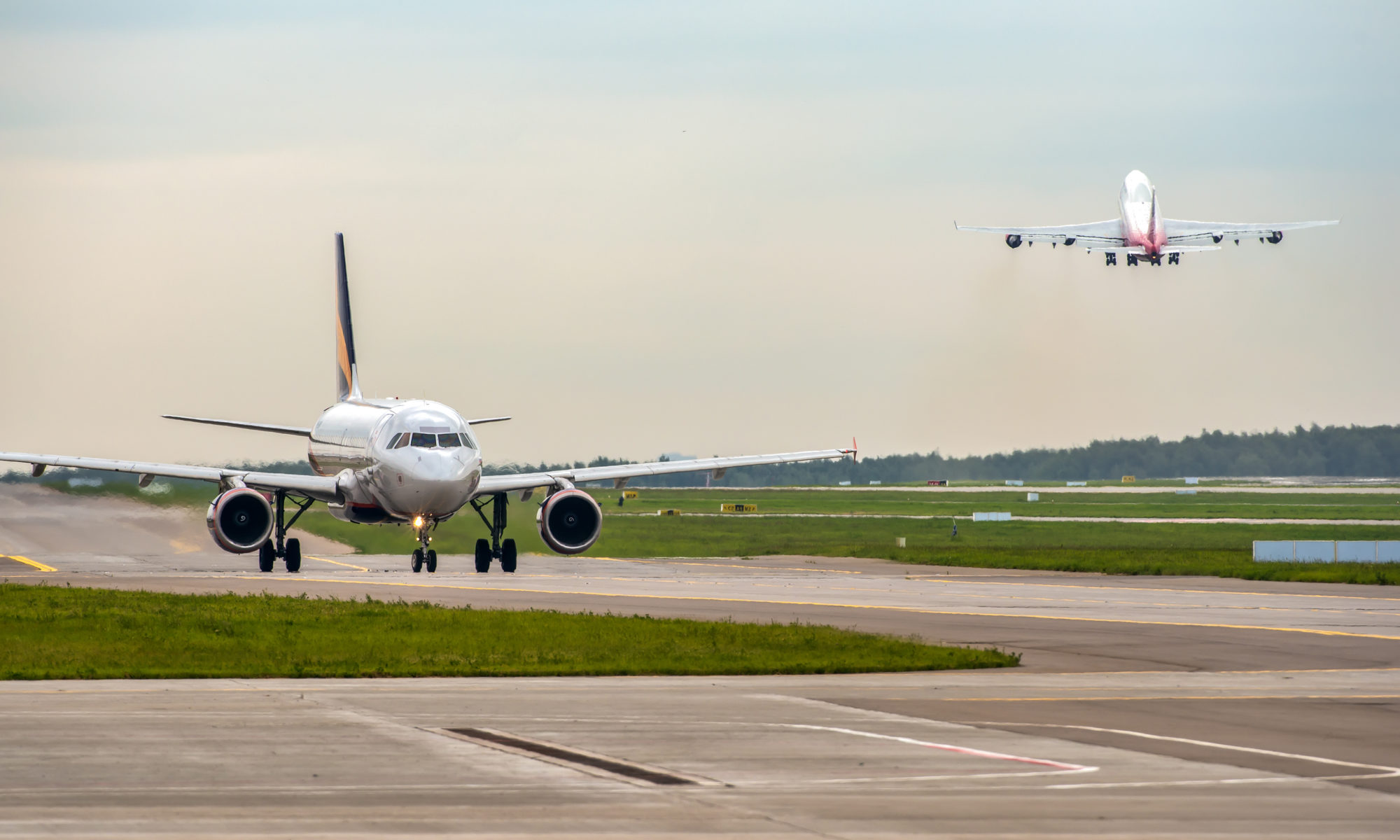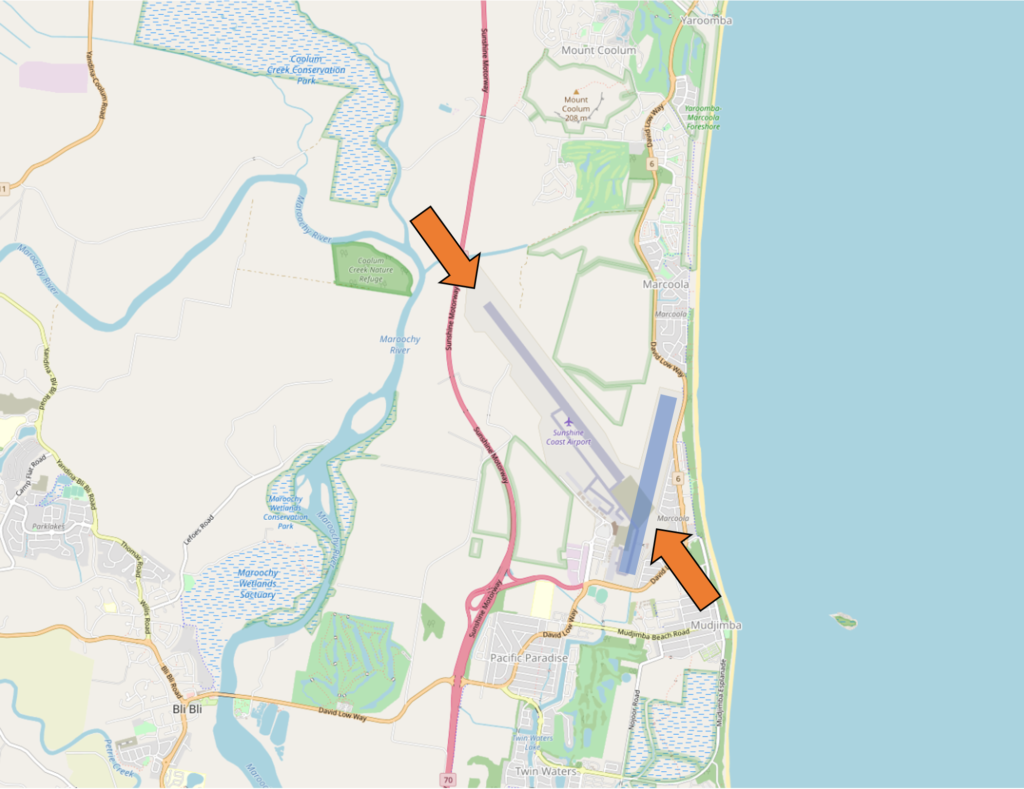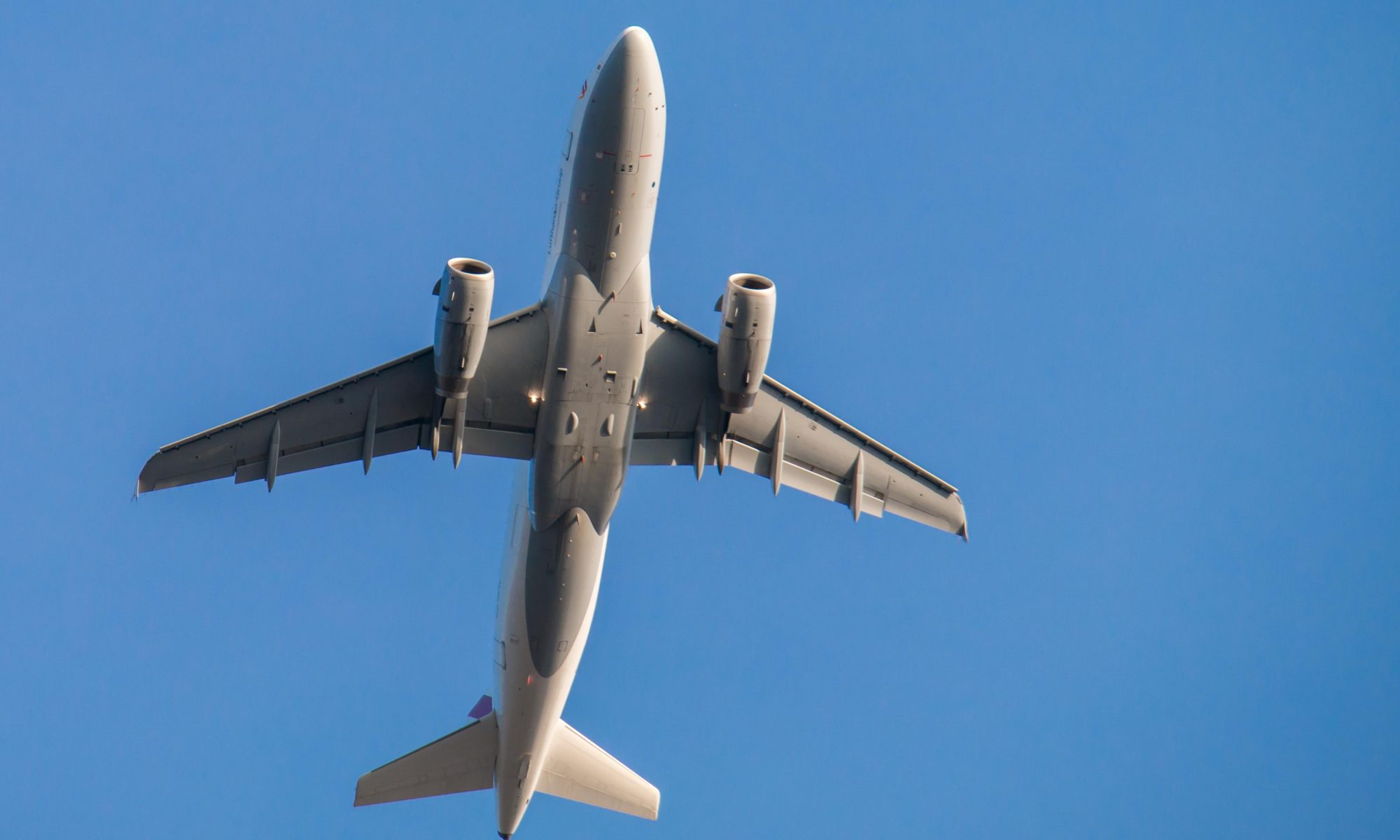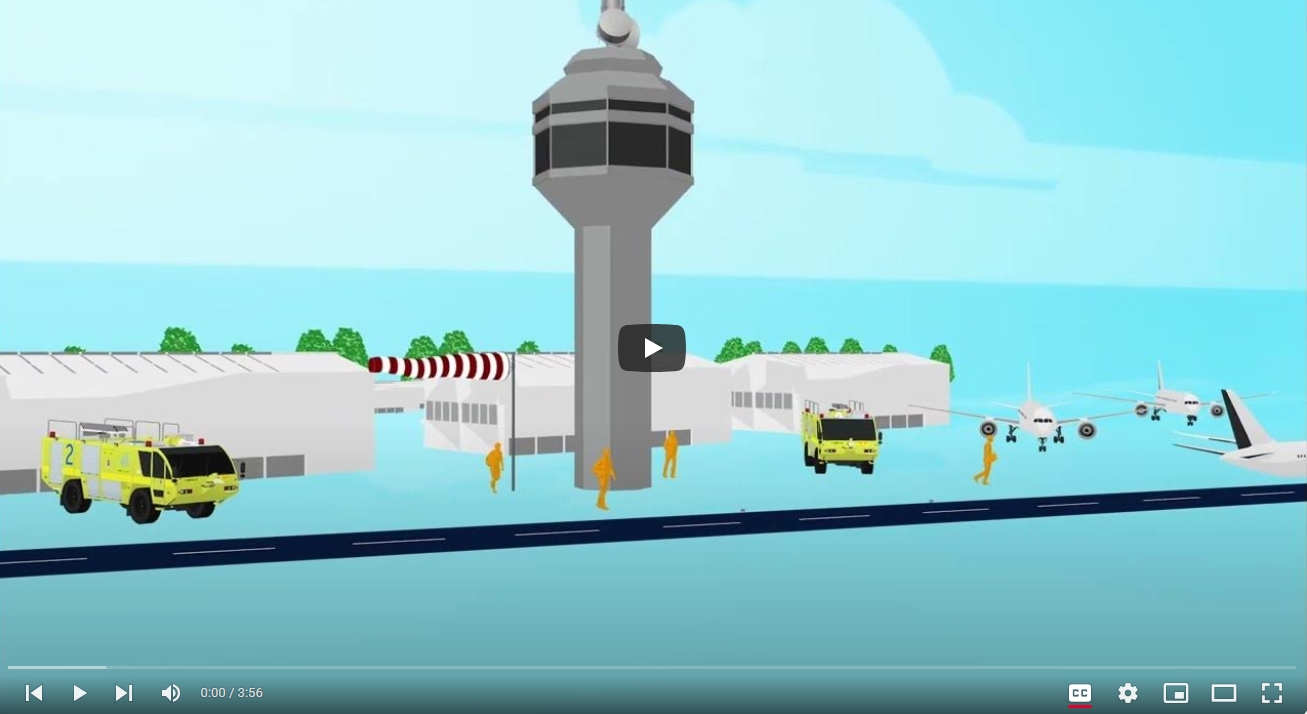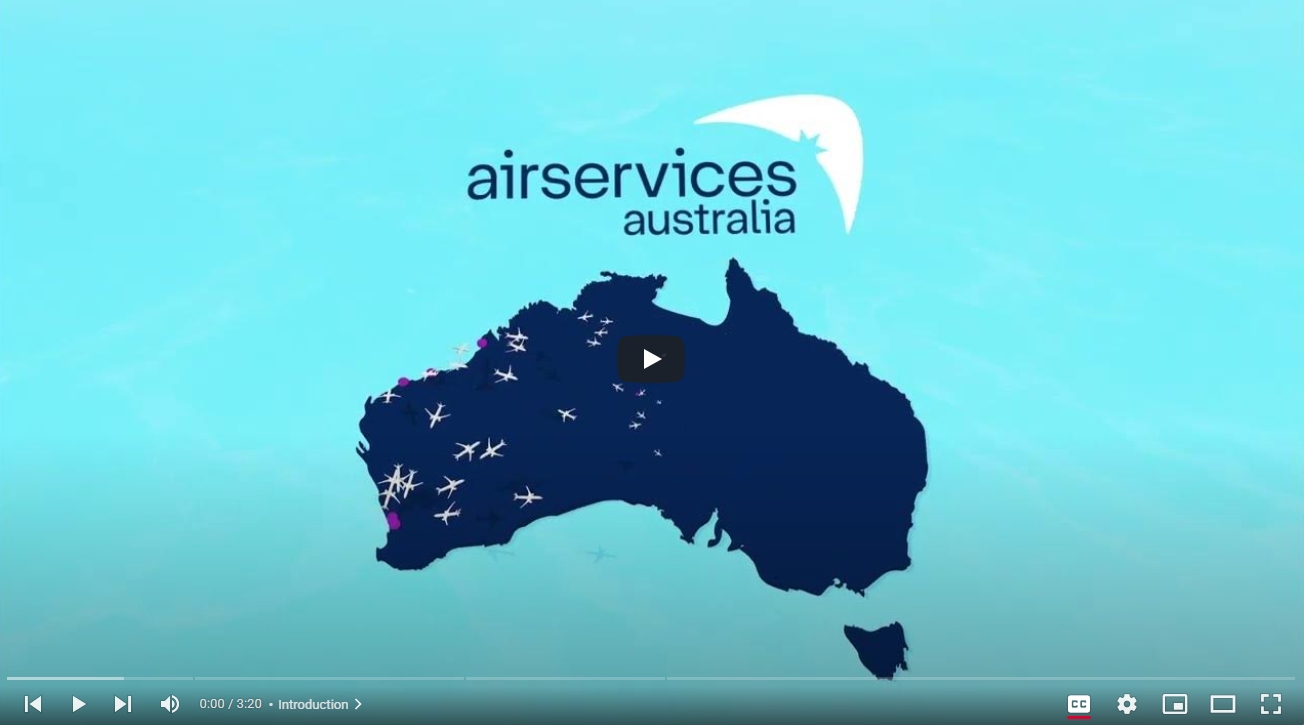General Aviation (light aircraft and helicopter) operations are conducted to and from Sunshine Coast Airport and aircraft also use the airport for circuit training exercises.
Sunshine Coast Airport aims to limit general aviation activity and circuit training to between 7.00 am and 10.00 pm (unless in the event of an emergency or night time pilot training) to reduce noise during the early morning and night.
Where are the circuits at Sunshine Coast?
Due to the height of Mount Coolum to the north, aircraft will usually circuit on the south side of the runway near Mudjimba, Twin Waters and Pacific Paradise.
When the air traffic control tower is open, controllers may direct some aircraft to circuit on the north side of the runway (near Marcoola) for traffic management reasons.
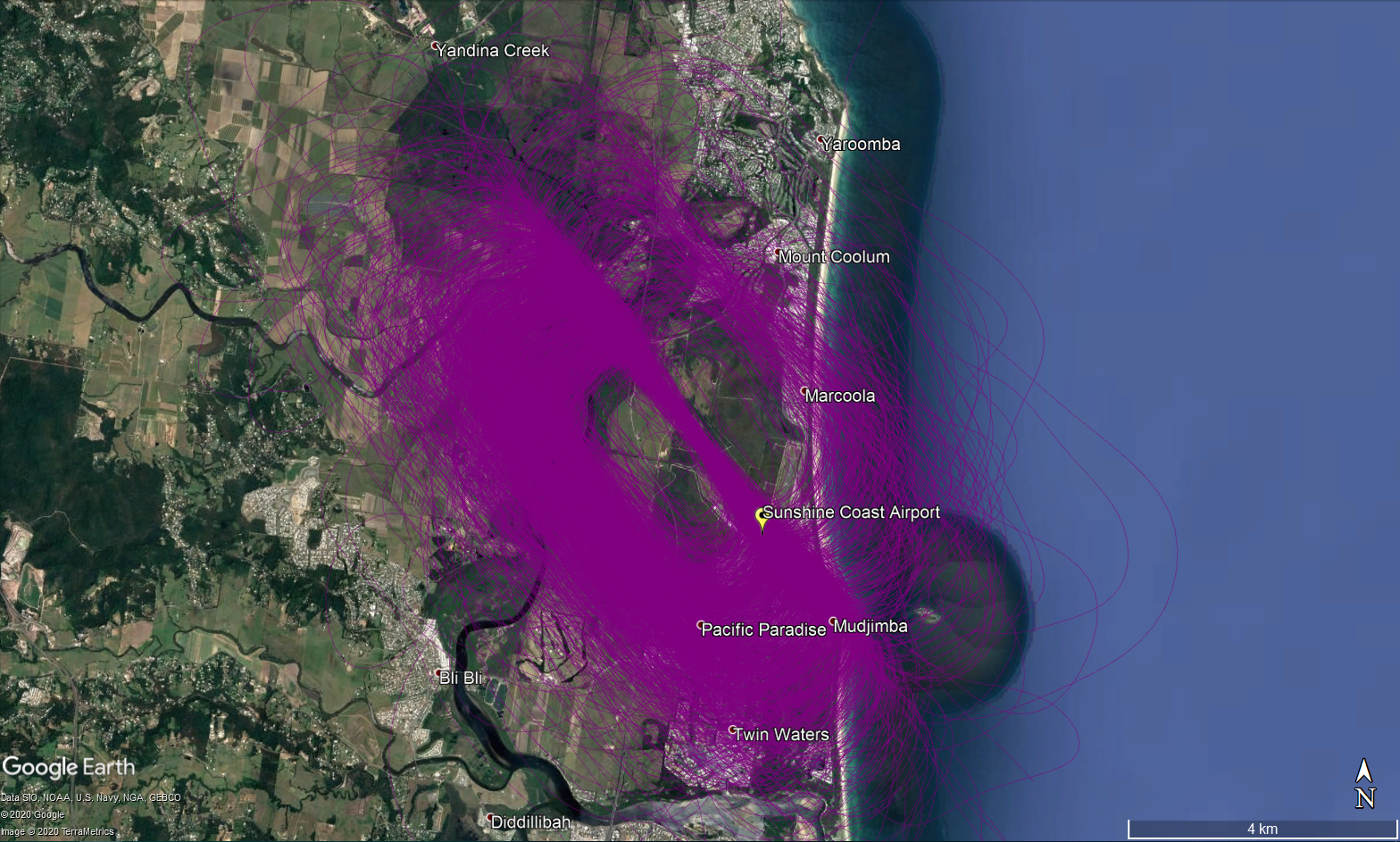
Click on the image above to open a larger view in a new tab.
What is circuit training?
Circuit training is the first stage of practical pilot training focused on take-offs and landings. It involves the pilot making approaches to the runway or helipad, touching down and then applying power to take off again. This is undertaken in accordance with Civil Aviation Safety Authority (CASA) Regulations which are consistent with international practices.
How are circuits flown?
A training circuit consists of five legs – take-off, crosswind, downwind, base and final approach to the runway.
Aircraft take off into the wind, climb to 500 feet and then turn onto the crosswind leg. They continue to ascend to 1000 feet and turn onto the downwind leg. Having turned onto the base leg the descent commences. After turning onto the final leg and lining up with the runway the aircraft will touch down and take off again.
For left-hand circuits, the pilot turns left after take-off and flies anticlockwise. For right-hand circuits, the pilot turns right and flies in a clockwise direction.
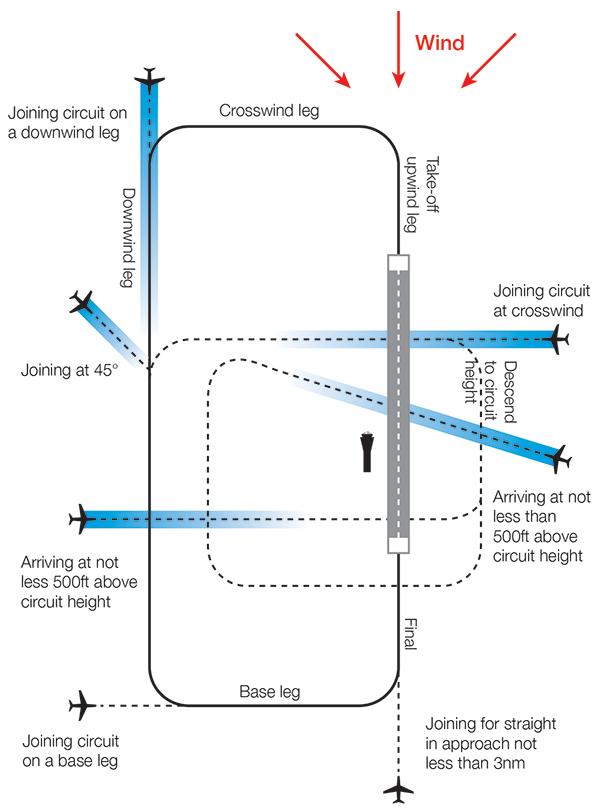
Learn more about current GA operations on our Impact of COVID-19 on aircraft operations at Sunshine Coast Airport page.
Note: All tracks during the stated period have been displayed. Track colours have been adjusted to show track density. Where aircraft are more concentrated the colour will appear darker.

